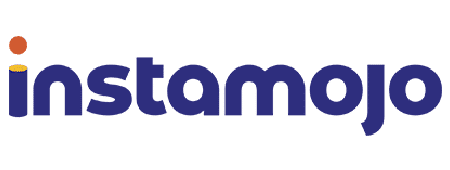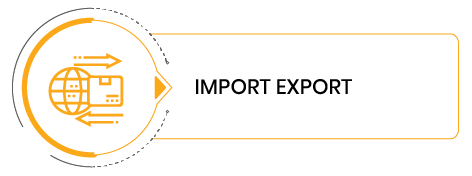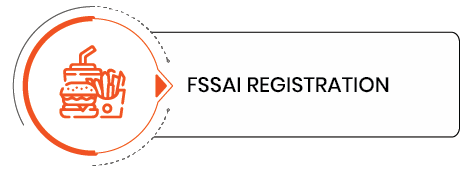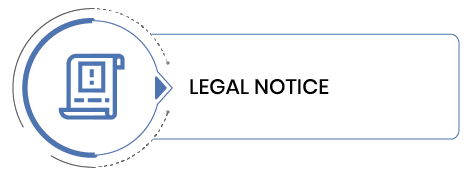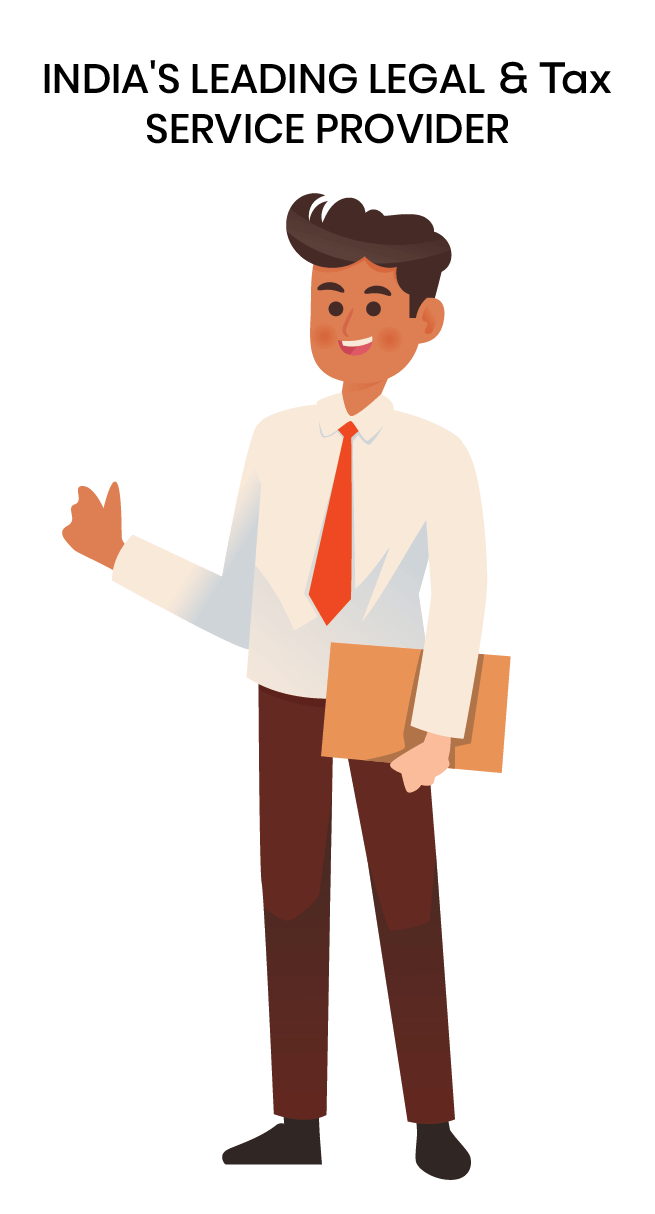Bounce
Choose LeagalTax for all your cheque bounce cases. We will connect you to legal experts to help you with the entire process.
How to Start a Cheque Bounce Complaint
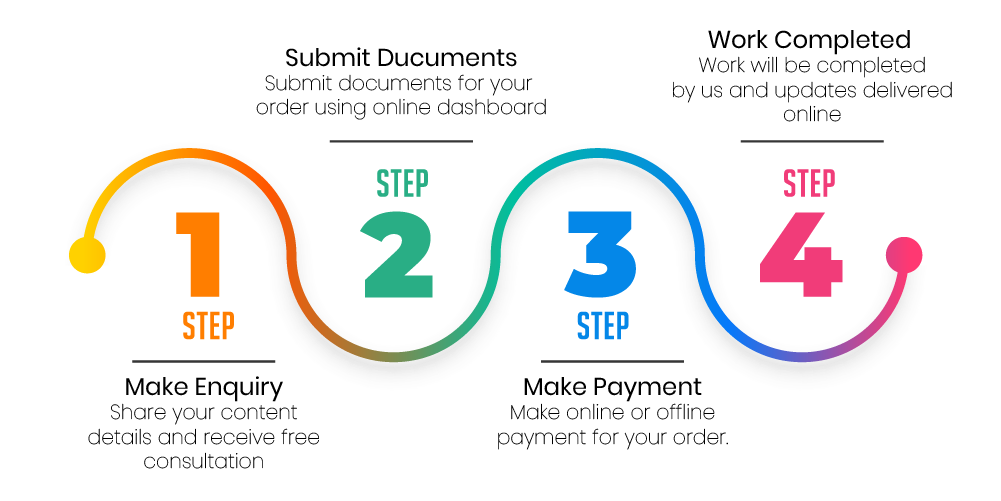
Overview
The purpose of a Cheque Bounce Notice is to inform the issuer that the cheque beneficiary will pursue legal action if the cheque amount is not paid immediately. Choose legal toast for all your cheque bounce cases. We will connect you to legal experts to help you with the entire process.
A cheque bounces when a bank doesn’t honour a payment. A few of the reason are wrong signature, mismatch of figures written on the cheque (in words and figures) and overwriting. These issues are minor and can be solved without the court’s intervention, A major cause for concern is when a cheque bounces due to lack of funds in the drawer’s account.
A cheque bounce is governed by the Section 138 of the Negotiable instruments Act, 1881.
If you have received a cheque that has bounced, you have two options. You can send the person a notice and then if there is no response after 15 days, you can send them a legal notice, by filing a complaint in court.
What Are the Contents of Cheque Bounce Notice?
The content of the cheque bounce notice are-
-
The name and address of the drawer of the cheque.
-
Information of the cheque presented to the bank for payment.
-
Details of the cheque number, date and amount.
-
Date of return of the cheque.
-
Reason for cheque bounce.
-
Request for the immediate arrangement of the payment of the amount.
-
Reference of Section 138 of the negotiable instruments act.
Procedure for Cheque Bounce Case:
-
The first step in to send a Demand Notice to the person who has issued you a bounced cheque. The notice should contain information about the dishonoured cheque. Details such as the date on which the cheque was issued and a copy of the dishonoured memo should be mentioned in the notice.
-
Once the person receives the notice, he or she has until 15 days to make a payment to you. If they fail to do so, you can lodge a complaint with the court in the prescribed format.
-
It is better that you hire lawyers to help you file a complaint. This is because a lawyers know the entire process and how to fill up the form in the right legal language.
-
Along with the complaint form, you need to submit an Oath Letter, A copy of the notice served along with the acknowledgement receipt, a photocopy of the memo and the bounced cheque received.
-
Once the judicial court receives your complaint, it will go through the documents sent and verify them. Once the court is satisfied with your complaint, the complainant or his or her lawyers need to fill the Bhatta or Process Form, after which the accused is summoned by the court for a hearing. If the accused doesn’t appear in court, the judge can issue a bailable warrant against the concerned person.
How Does Cheque Bounce Notice Work?
-
Step1 First, our business advisors will explain the remedies available, the process and time-frame to take action against a bounced cheque issuer.
-
Step2 We will then connect you to lawyers who will prepare and send a demand notice to the bounced cheque issuer.
-
Step3 If there is no response to the notice within15 days, the lawyers will draft a complaint against the issuer of the bounced cheque.
What Are the Penalities for Cheque Bounce?
According to the Negotiable Instruments Act, 1881, under section 138, issuing a bounced cheque is a criminal offence. So, if a complaint is filed in a court, a person can go to jail or might have to pay a hefty fine.
The fine can be up to two times the amount that had to be paid. In case the court decides on a jail time, it is generally for a period of one term, but it can be extended to two years.
In some cases, the court might grant both punishments, this is usually if the court finds the case to be that of heinous crime. Sometimes the court may grant additional time for the payment of dues. x
Documents to Be Submitted in the Case of Cheque Bounce:
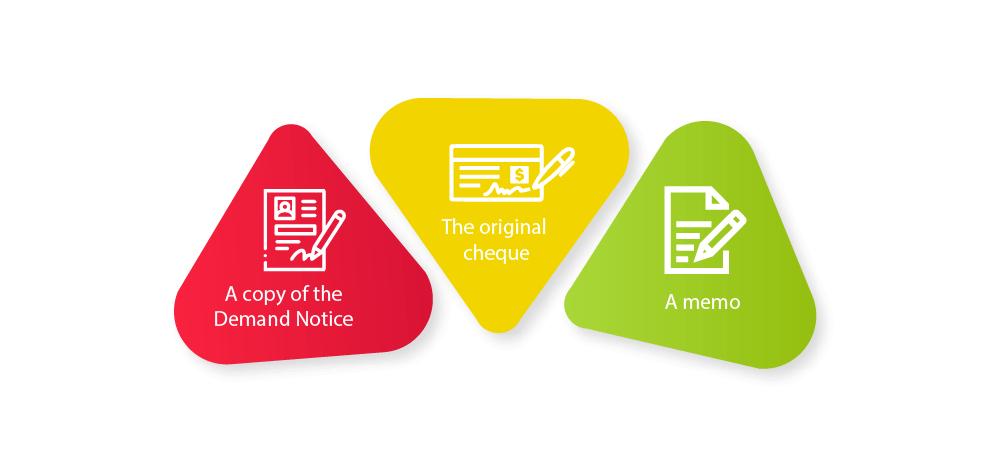
While filing a complaint against a party in a cheque bounce case, you need to submit an application form along with the following documents:
-
A copy of the Demand Notice along with the acknowledgement of the receiver.
-
The original cheque that has bounced.
-
A memo, the communication from the bank to state that the cheque dishonoured and the reasons for it.
What Are the Cheque Bounce Rules in India?
In case a person is filing cheque bounce case, there are certain rules he or she has to follow.
-
The first step is send a Demand Notice to the offender. Once the notice is received, the offender has 15 days to make the due payment. Under Section 138 of the Negotiable Instruments Act, 1881, the payee has to send the drawer a notice within 30 days of receiving the Cheque Return Memo.
-
If the drawer fails to make the payment, then the person filling the cheque bounce case has every right to file a complaint with the court by submitting a written complaint along with valid documents.
-
One of the main documents needed is the Cheque Return Memo that the bank issues. Without this document, the court cannot proceed with the case.
-
In cases where the bounced cheque was issued as a gift or towards lending a loan payment, the defaulter cannot be prosecuted in the eyes of the law.
What Is Cheque Bounce Notice?
This Notice is a Notice which shall be given by the unpaid Creditor (Payee) to the defaulting Debtor (Drawer) through an Advocate in case of dishonour of Cheque under section 138 of Negotiable Instrument Act.
The Notice here is a sample Legal Notice issued by the Advocate of the Payee specifying a 15 days' time given to the Drawer in fault to pay the unpaid Cheque amount. It further specifies that if the amount is not paid within 15 days from the receipt of the Notice, the unpaid Payee has right to file legal complaint and initiate Legal Proceeding against the defaulting Drawer.
What Is Dishonoured Cheque?
Occurring of following event step by step amounts to Cheque Bounce or Dishonour of Cheque:
-
A Drawer is liable to pay some amount to the Payee and thus draws a Cheque in name of the Payee.
-
The Payee/Holder of the Cheque then deposits this Cheque in the bank where he holds an account or otherwise. The Cheque shall be deposited on or after the date specified on the Cheque but shall not be deposited later than 30 days from the date mentioned on the Cheque, as it becomes invalid.
-
After depositing the Cheque in the account, if the Drawee finds it not possible to pay off the amount specified in the Cheque, it send the ‘Cheque Return Memo’ to the Payee’s banker. Payee’s banker then forwards such ‘Cheque Return Memo’ to the Payee informing him that the Cheque is Dishonoured.
Thus, an incapacity of the Drawer to pay off the Cheque amount to the Payee on the due date or when submitted/deposited, is called as dishonour of Cheque.
Parties to the Cheque:
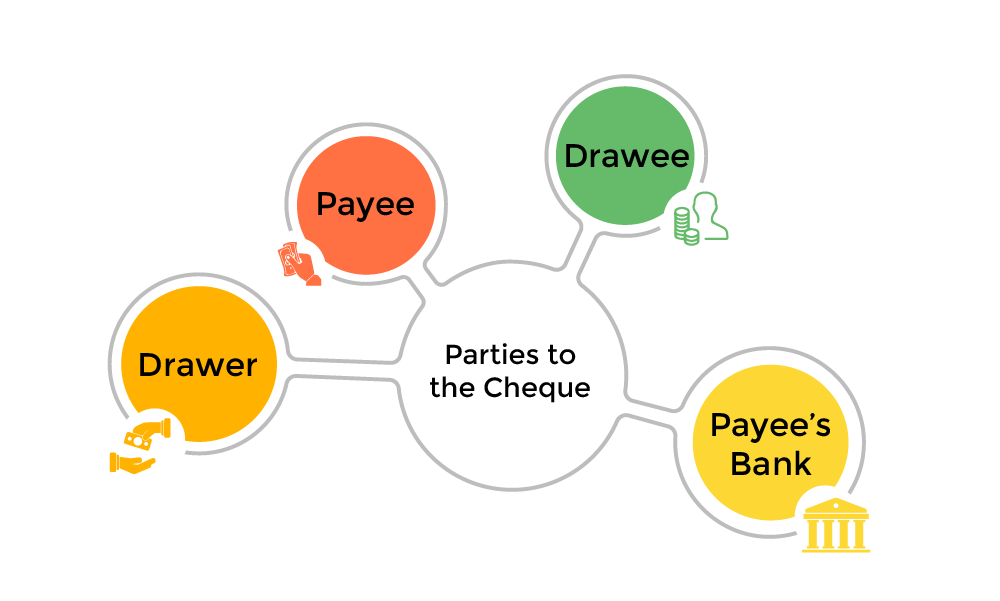
-
Drawer : The person who issues the cheque i.e ‘author of the cheque’ is called as Drawee. (Drawer could be the Debtor)
-
Payee : The person to whom the amount mentioned in cheque is payable i.e the person in whose favour the cheque is drawn is called as Payee. (Payee could be the Creditor)
-
Drawee : The Bank where the Drawer has an account from which the cheque amount shall be paid i.e the bank who is directed to pay the amount is called as Drawee.
-
Payee’s Bank : The Bank where the Payee has a bank account in which the cheque amount shall be deposited/credited (especially in case of crossed cheque) or the bank in which payee deposits the cheque is called as ‘Payee’s Banker’
What Is Section 138 of the Negotiable Instrument Act?
Section 138 of the Negotiable Instruments Act provides that cheque bounce for the insufficient funds is an offence and punishable with imprisonment. It provides that where a person draws a cheque on an account maintained by him for the payment of money to another person, and it is returned by the bank unpaid because of insufficient funds to honour the cheque, the drawer of the cheque commits an offence. The person must draw the cheque for discharge of any legally enforceable debt or liability. The cheque must be returned by the bank because the amount of money standing to the credit of the drawer’s account is insufficient or exceeds the amount arranged to be paid from the drawer’s account by an agreement made with the bank.
The drawer can be punished with imprisonment for a term not exceeding two years or a fine that can extend to twice the amount of the cheque, or both for the offence of the cheque bounce.
What Is Section 144 of the Negotiable Instrument Act?
Section 144 of the Negotiable Instruments Act provides that where cheque bounce has taken place by the cheque issued by a company, then every person in charge and responsible for the conduct of the business of the company at the time of the offence was committed is guilty of an offence. This section provides that the cheque bounce for insufficient funds is an offence when the drawer of the cheque is a company.
When the drawer of the bounced cheque is a company, every person in charge and responsible for conducting the business of the company and the company is guilty of the offence of the cheque bounce and can be punished accordingly.
Where a cheque bounce offence is committed by a company, and it is proved that the offence was committed by the company with the consent, negligence or convenience of the director, secretary, manager or other officers of the company, such persons will be deemed guilty and liable to by punished accordingly.
Why Legaltax?
-
We provide completely online process.
-
There is no data breech or any problem related to data as we provide Data security and 100% transparency.
-
We provide real time update.
-
We have a team of trained professional and expert.
-
We provide Professional Services at affordable prices.
-
We provide quick support.
FAQ's
A cheque bounces when a bank doesn’t honour a payment. A few of the reason are wrong signature, mismatch of figures written on the cheque (in words and figures) and overwriting. These issues are minor and can be solved without the court’s intervention, A major cause for concern is when a cheque bounces due to lack of funds in the drawer’s account.
A cheque bounce is governed by the Section 138 of the Negotiable instruments Act, 1881.
If you have received a cheque that has bounced, you have two options. You can send the person a notice and then if there is no response after 15 days, you can send them a legal notice, by filing a complaint in court.
The content of the cheque bounce notice are-
-
The name and address of the drawer of the cheque.
-
Information of the cheque presented to the bank for payment.
-
Details of the cheque number, date and amount.
-
Date of return of the cheque.
-
Reason for cheque bounce.
-
Request for the immediate arrangement of the payment of the amount.
-
Reference of Section 138 of the negotiable instruments act.
-
The first step in to send a Demand Notice to the person who has issued you a bounced cheque. The notice should contain information about the dishonoured cheque. Details such as the date on which the cheque was issued and a copy of the dishonoured memo should be mentioned in the notice.
-
Once the person receives the notice, he or she has until 15 days to make a payment to you. If they fail to do so, you can lodge a complaint with the court in the prescribed format.
-
It is better that you hire lawyers to help you file a complaint. This is because a lawyers know the entire process and how to fill up the form in the right legal language.
-
Along with the complaint form, you need to submit an Oath Letter, A copy of the notice served along with the acknowledgement receipt, a photocopy of the memo and the bounced cheque received.
-
Once the judicial court receives your complaint, it will go through the documents sent and verify them. Once the court is satisfied with your complaint, the complainant or his or her lawyers need to fill the Bhatta or Process Form, after which the accused is summoned by the court for a hearing. If the accused doesn’t appear in court, the judge can issue a bailable warrant against the concerned person.
The fine can be up to two times the amount that had to be paid. In case the court decides on a jail time, it is generally for a period of one term, but it can be extended to two years.
In some cases, the court might grant both punishments, this is usually if the court finds the case to be that of heinous crime. Sometimes the court may grant additional time for the payment of dues.
While filing a complaint against a party in a cheque bounce case, you need to submit an application form along with the following documents:
-
A copy of the Demand Notice along with the acknowledgement of the receiver.
-
The original cheque that has bounced.
-
A memo, the communication from the bank to state that the cheque dishonoured and the reasons for it.
In case a person is filing cheque bounce case, there are certain rules he or she has to follow.
-
The first step is send a Demand Notice to the offender. Once the notice is received, the offender has 15 days to make the due payment. Under Section 138 of the Negotiable Instruments Act, 1881, the payee has to send the drawer a notice within 30 days of receiving the Cheque Return Memo.
-
If the drawer fails to make the payment, then the person filling the cheque bounce case has every right to file a complaint with the court by submitting a written complaint along with valid documents.
-
One of the main documents needed is the Cheque Return Memo that the bank issues. Without this document, the court cannot proceed with the case.
-
In cases where the bounced cheque was issued as a gift or towards lending a loan payment, the defaulter cannot be prosecuted in the eyes of the law.
-
We provide completely online process.
-
There is no data breech or any problem related to data as we provide Data security and 100% transparency.
-
We provide real time update.
-
We have a team of trained professional and expert.
-
We provide Professional Services at affordable prices.
-
We provide quick support.

Fill Up Application Form

Make Online Payment

Executive will Process Application

Get Confirmation on Mail
What Our Clients Say
associated with



